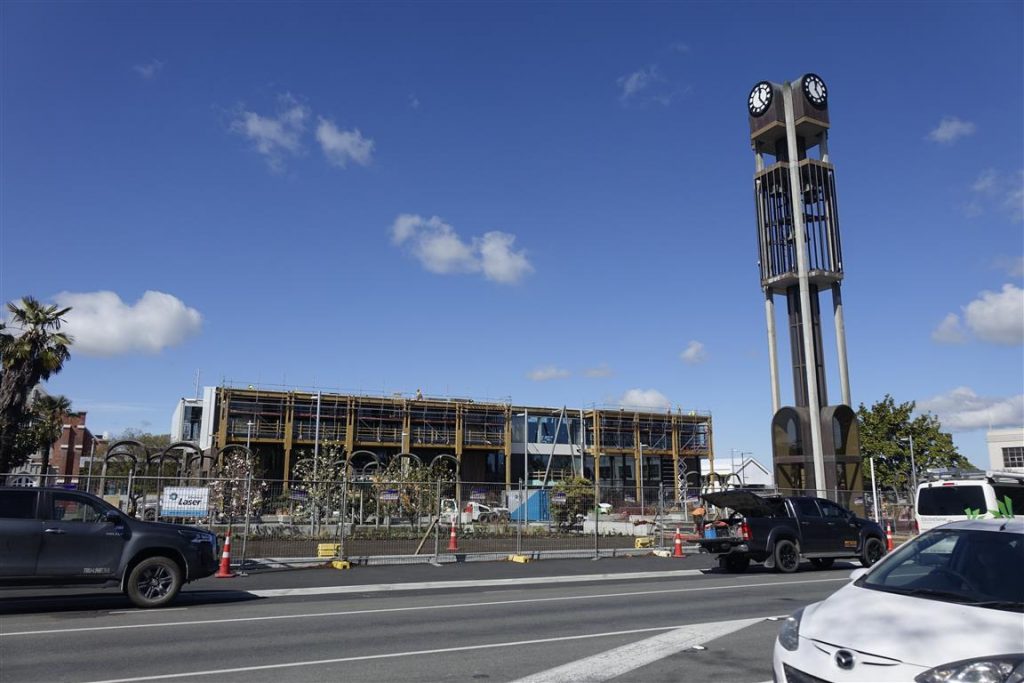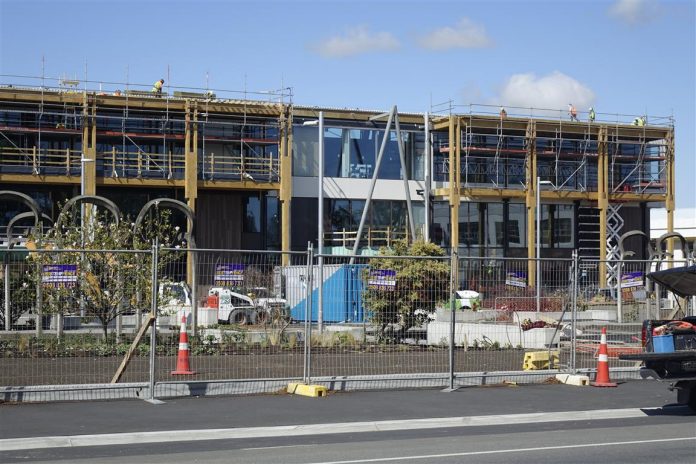Most of the carpet in Ashburton’s new civic building Te Whare Whakatere will be synthetic, including in the main library.
The district council has chosen to carpet 235m2 in New Zealand-sourced wool, costing $92,825 for supply and install, compared to 3800m2 in recycled nylon carpet tiles, costing $278,236 for supply and install.
Chief executive Hamish Riach said the district council had to ‘‘strike a balance’’ between using the more costly wool and the cheaper and more durable synthetic option.
The wool carpet going down in the building is more than five times more expensive per metre square than the synthetic carpet, costing about $393, compared to $73. The wool carpet would feature in key public areas of the building such as the council chamber, public meeting spaces, and the children’s library.
‘‘It was important for council to demonstrate their support of the rural sector within this community facility, where possible and where feasible to do so,’’ Riach said.
He said not only had the wool option been more costly, but at the time of design and tendering the project, there had been no viable wool carpet tile solution suitable for high traffic office spaces and the main library.
‘‘High trafficable areas such as general corridors, and staff work areas required a hardwearing carpet tile solution to address the day to day demands of a typical workspace and a solution that allows cost effective localised repairs should this be required,’’ Riach said.

‘‘At the time of design and tendering of the project, there was no viable wool carpet tile solution available that could achieve the product warranties required for a high traffic office space environment. As such, the specification called for a recyclable nylon carpet tile solution, that is typical in many new office developments across the country.’’
A petition was recently presented to Parliament, calling on wool carpets to be used in government buildings.
It followed a Ministry of Education decision to fit out 600 rural schools with synthetic carpet made in the United States.
Waimakariri District Council councillors this month made a stand for New Zealand wool, passing a motion calling on staff to choose wool carpets over synthetic, wherever practical. Staff presented a memo at the meeting, wanting to retain the option of the cheaper and harder wearing nylon carpets.
Waimakariri councillor Al Blackie said wool carpet came at a minimal extra cost of about $1 extra per rate payer.




